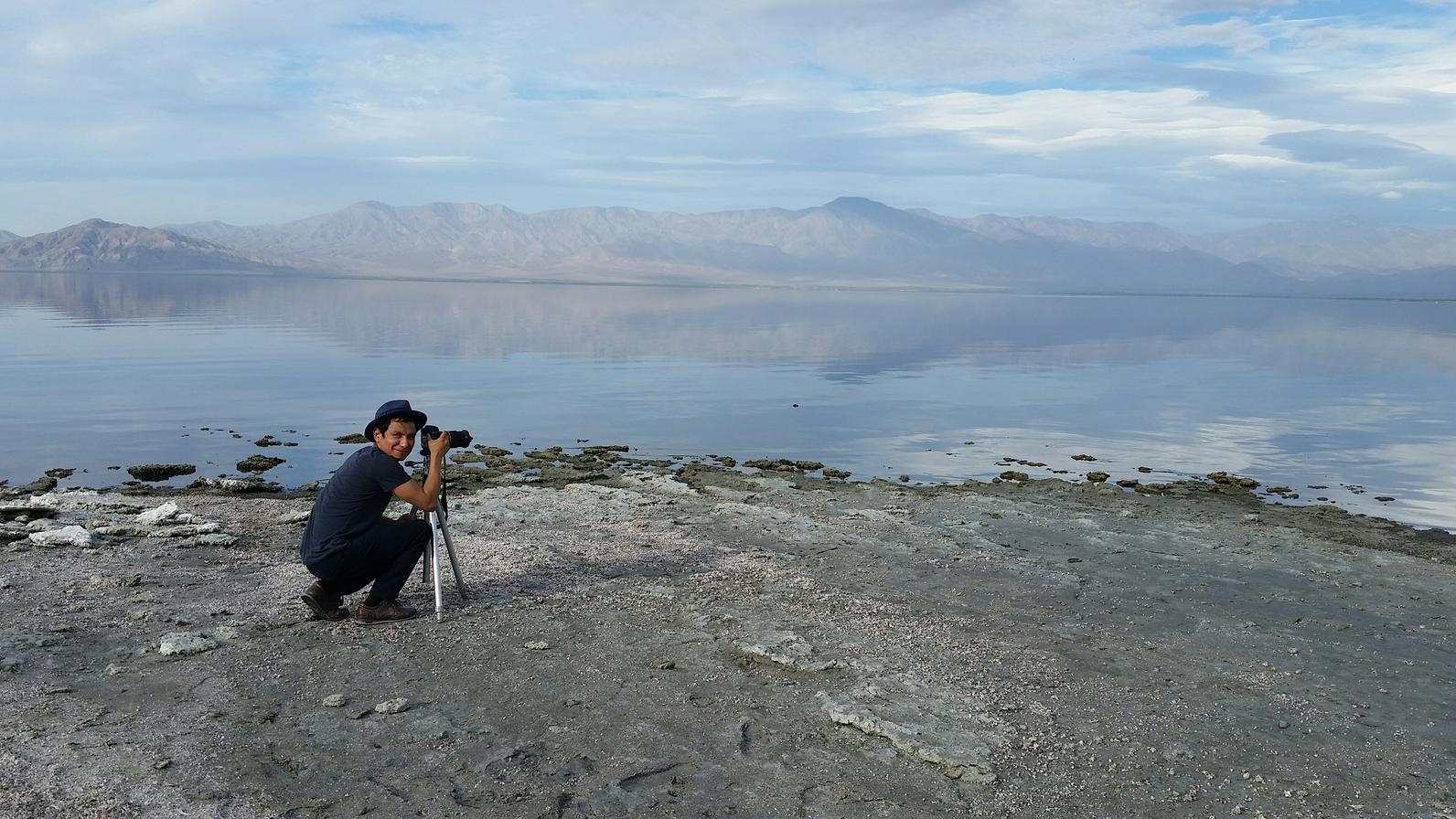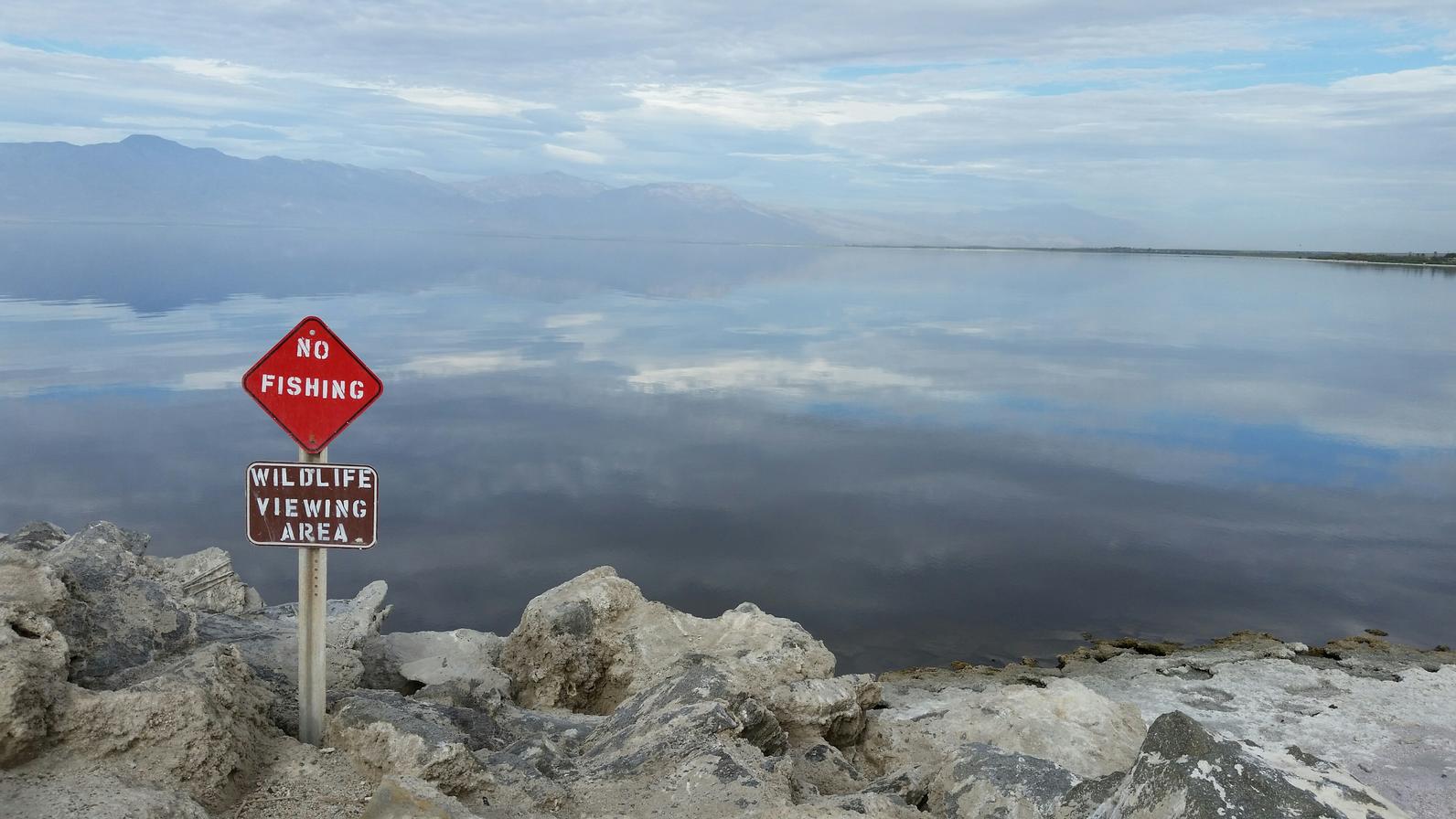
I went to the Salton Sea today. I took my colleagues from National Audubon to help them do a film on western water issues, and my job was to tell the story of the sea. We arrived just after sunrise, and I was instantly distracted by, and attracted to, the birds.
As I got out of my car, a Caspian Tern screeched over my head, which of course I yelled out to my colleagues as they inquired as to the shrieking noise. The sea was bathed in a soft light, all pastels, making it hard to distinguish where the sea ended or started. Looking west, the sea does come to an end as it reaches the mountains, but looking south, it appeared to be endless.

There weren’t exactly a lot of birds where we arrived at the sea, at the North Shore Beach and Yacht Club (the name does not imply what it is today - there are no yachts). But as we scanned and studied the shore, a few birds appeared. White Pelicans slid by silently in the water, Brown Pelicans glided overhead, looking down in search of fish. Black-necked Stilts were scattered along the shoreline in small groups, announcing their presence when we got too close, flying by with their pink legs dangling. A few Eared Grebes floated by and every time I tried to point them out, they dove below the surface, looking for the worms they survive on at the Sea.
I was disappointed not to see too many birds, but also know that the wetlands to at the southern end of the Sea were likely were harboring more species, and many of the shorebirds that passed through in late summer are now in South America for the winter. And the Eared Grebes have yet to arrive en masse.
Was the absence of birds at this spot normal, or was it a sign of the times? I found myself staring at the fish-eating birds, wondering if they were hungry. Are they finding tilapia to eat? With the salinity at the sea now at a level making it hard for tilapia to survive, I hope the birds have found the fresher spots along the shoreline were there might be fish. With large numbers of White Pelicans coming to the Sea each winter, I hope that the sea supports enough fish for them. If not, where do they go? Will they fly south to Mexico, head up the California coast to our estuaries, or head back to the Great Salt Lake, where they were breeding only a short time ago? Unraveling how birds survive at the Salton Sea is in part unraveling the mysteries of bird migration and how birds adapt to changing conditions.
As we finished up our filming, the temperature rose, the smell of the sea become more pungent, and the sun got stronger. I scanned the sea one last time and saw large black flecks in formation, flying in the distance across the sea. I started to see more and more of them, hundreds in fact, realizing they were Double-crested Cormorants. Good. They must be here for some fish.
By Andrea Jones
Monthly Giving
Our monthly giving program offers the peace of mind that you’re doing your part every day.




